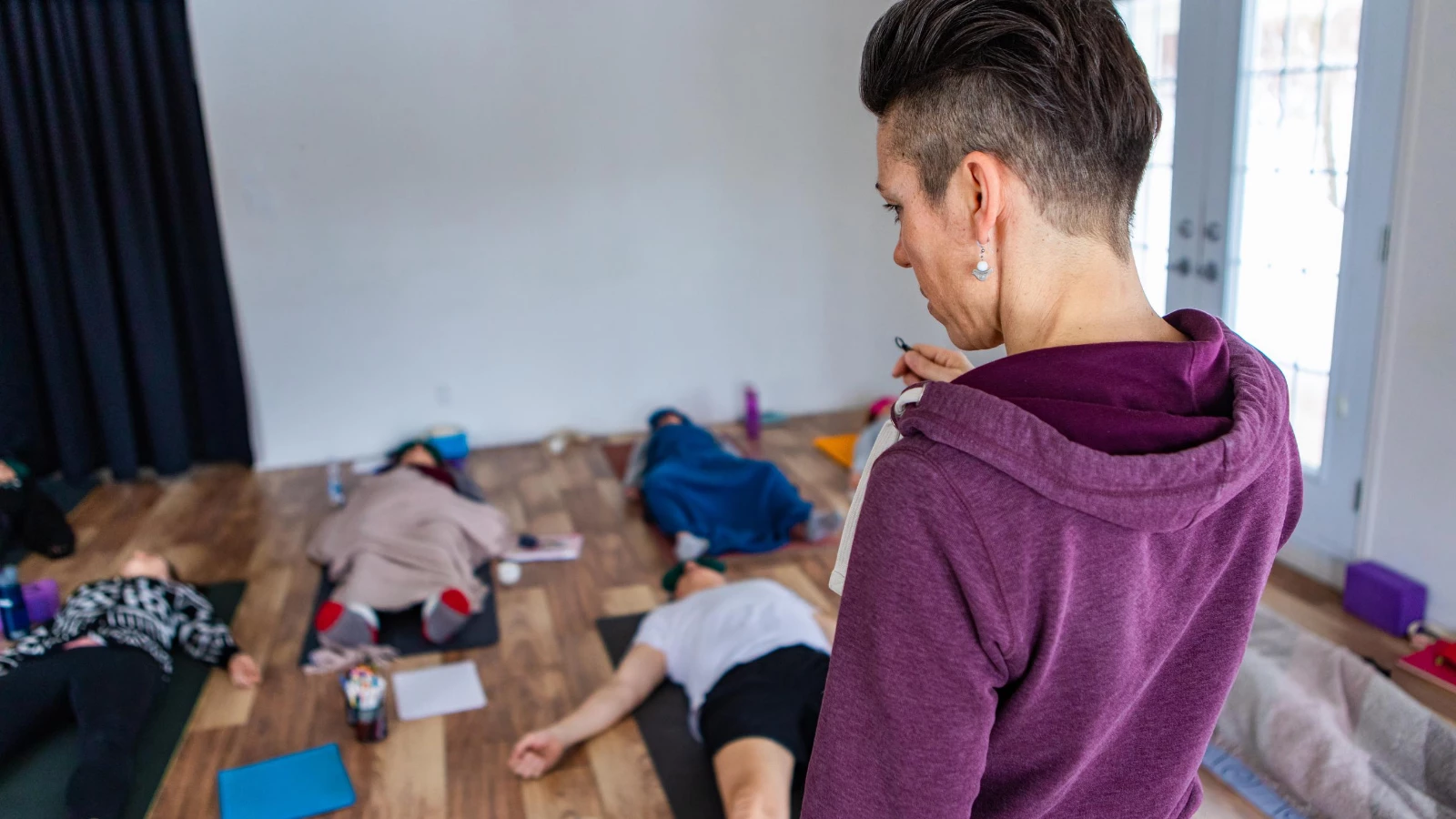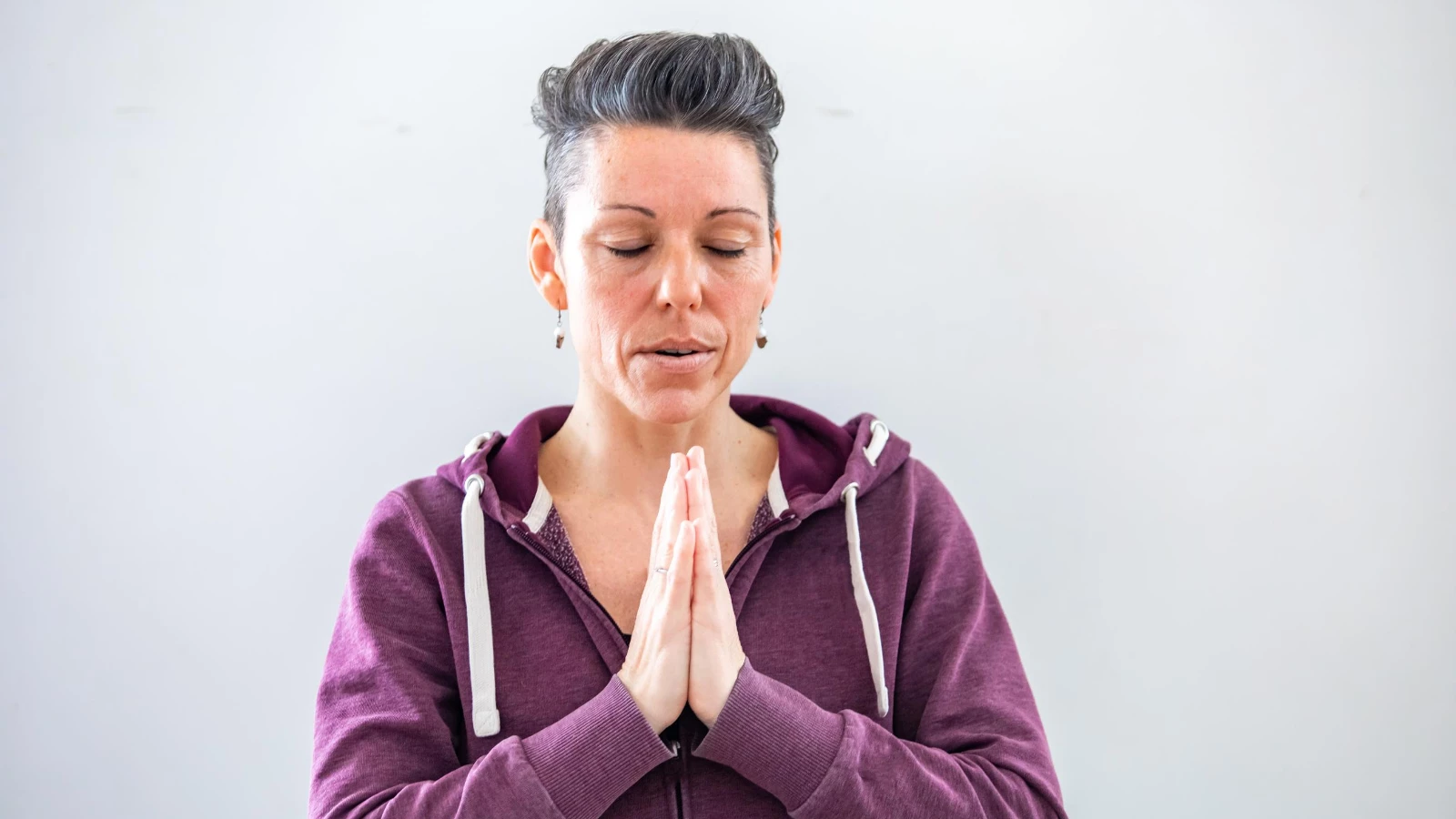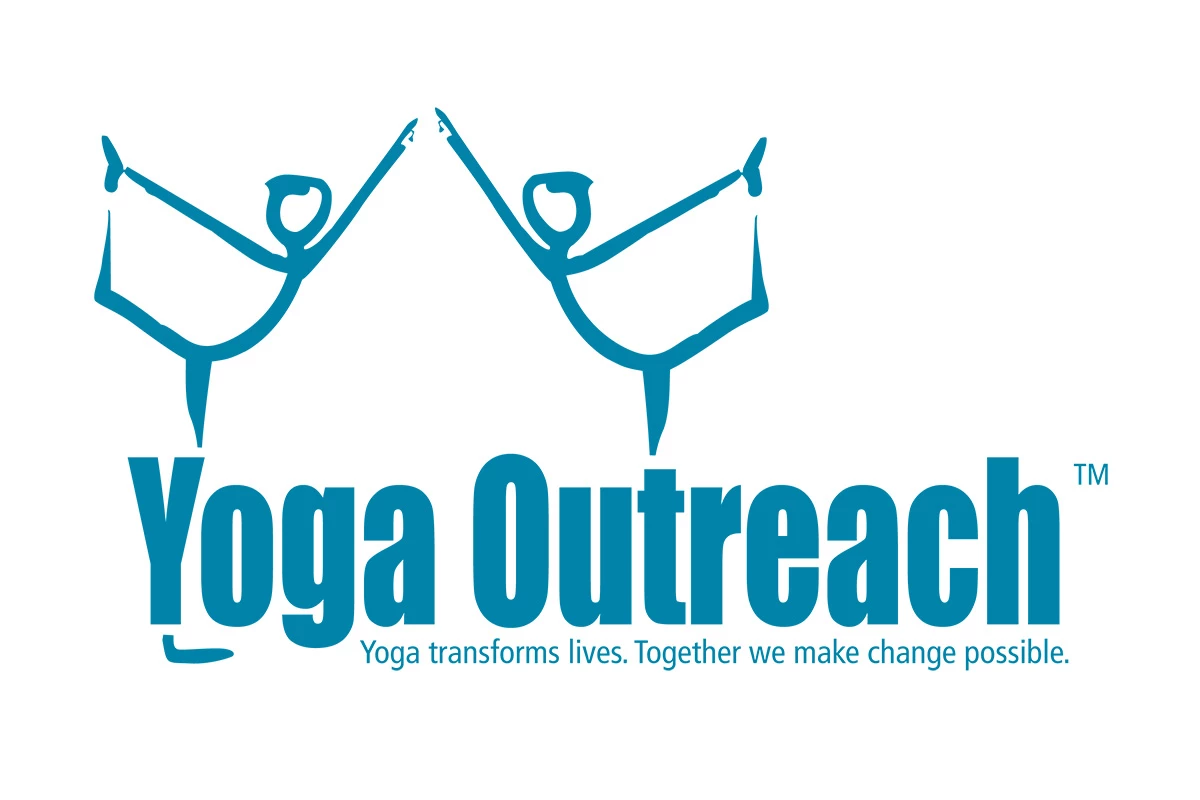Trauma-Informed Yoga: Using Invitational Language to Help Students Recover Their Joy

Directly commanding someone to move their body in a certain way can trigger a defensive response, particularly for survivors of trauma. By swapping “invitational language” for a more direct style of instruction, teachers may help students to recover feelings of autonomy, self-esteem, and even joy in their bodies.
“Invitational language creates an opportunity to experiment in their body and to build awareness of sensations on their terms. It’s a skill I would argue is more useful in daily life than nailing a perfect form according to one particular yoga lineage or another,” says Sarah Holmes de Castro.
Holmes de Castro is Director of Programs for Yoga Outreach and a registered yoga therapist who works with students in prisons, addiction recovery, and mental health facilities; and with women who’ve experienced violence. She says invitational language allows students to develop interoception, the ability to recognize physical sensations and make informed choices about their reactions.
What Does An Invitational Language Yoga Class Sound Like?
Basically, you premise all or most directions in your class with an invitation that reminds students that everything is optional.
Some common examples of invitational language:
- I invite everyone to take a comfortable seat on their mat.
- Feel free to stand or lie down if that’s more comfortable for you today.
- Eyes can be closed or open.
- Option to add movement by lifting and lowering your arms.
How Does Invitational Language Effect Yoga Classes?

Like most practices in yoga, invitational language can feel awkward and clumsy at first.
After a few successful sessions, teachers start to recognize the positive effects. Students that came into a mandatory class adamant about not liking yoga begin to soften. Students that insist they are only going to read a book during class surreptitiously listen to a guided meditation and may try other techniques in the privacy of their own rooms. Our volunteers often share that their most sullen students surprised them by saying yoga was the best time of the week.
How can repetitive invitations and extra options magically turn haters into fans?
“It’s about the sharing of power,” explains Holmes de Castro, “particularly in settings where the class is mandatory. Invitational language communicates respect. Students get to be in charge of a certain amount of their experience.”
How Do Trauma-Informed Yoga Teachers Manage Safety?
Most yoga teachers aren’t issuing commands because they’re inherently bossy, but because they want to ensure a safe practice for everyone. But how do we relinquish control of all the knee and ankle positions without risking injuries?
Holmes de Castro concedes that if there was an imminent concern she would gently intervene, but adds that safety is rarely an issue in these classes. Trauma-informed sessions usually prioritize the inner experience over the physical challenge.
She adds, “If I’m issuing orders—‘put your right foot forward, not that much, a bit more’—I’m less likely to create a class culture where people feel comfortable doing something different because actually it kind of hurts their hip when they do that.”
What if Your Yoga Students Want More Direct Instructions?

What if students insist on knowing the “correct” alignment? Holmes de Castro suggests creating an opportunity for the student to investigate.
For example:
- If you put your foot right here, does that feel better or worse?
- Does that way feel more stable or less stable?
She explains that in addition to giving the student skills to adjust their own practice, responding like this communicates to all the other students that everyone’s practice can look a bit different and still be “right.”
A New Relationship To Yoga Practice

Trauma-informed techniques like invitational language don’t only work for people in recovery.
They can provide long-term practitioners with a fresh perspective. Holmes de Castro recalls a conversation with a student in a trauma-informed series, a woman who had also practiced Iyengar Yoga very seriously for more than 20 years. “She said, ‘You know I have never experienced my body in that way, and I’ve never listened to the signals that it’s given me.’”
“That was a really profound response,” says Holmes de Castro. “She got a totally different experience out of this language than when she had been used to being told exactly what to do and how to feel. That’s what we’re going for.”
However, the real secret to using invitational language successfully is not about getting the phrases out every time. More important is the teacher’s belief that offering choices and skill-building in interoception, or body awareness, is more valuable than making postures look perfect.
“The invitation needs to come from a place of truly being interested in collaborating with the students. If it’s just a technique that we trot out, then it’s not super effective, because people can see through that. Let the concepts of curiosity and collaboration sink into your system and come through your own turn of phrase. Then see the effects of using it on your students.”
Reprinted with permission from Yoga Outreach.com

Wendy Goldsmith is the marketing and communications director for Yoga Outreach.
During office hours, she’s a passionate writer and communication strategist. Away from the desk, it’s her pleasure to spend time helping newcomers navigate Canadian culture, teaching yoga for mental health at a Neighbourhood House and at the Down Syndrome Resource Foundation, and joining climate-centered political movements. She’s delighted to bring her passion for truth-telling to a non-profit that believes in the empowering magic of language.

Yoga Outreach delivers over 1000 yoga classes each year in prisons, addiction recovery centers, mental health facilities, in transition homes for women fleeing violence, as well as other community settings. An incredible team of qualified volunteer yoga teachers, trained by Yoga Outreach in trauma-informed yoga principles, lead these classes. Trauma-informed yoga is unique in that it provides participants with choice, tools for self-regulation, and opportunities to rebuild connection.



